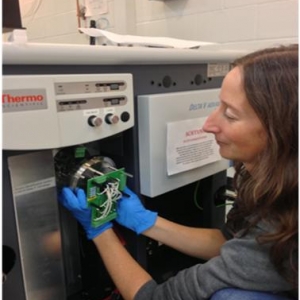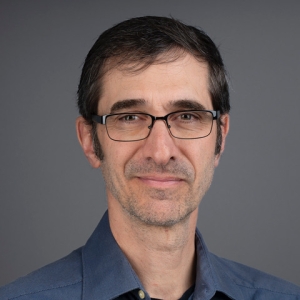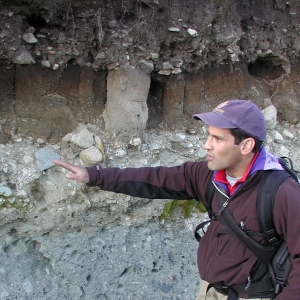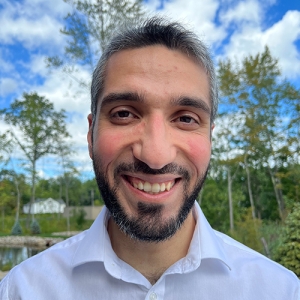Charles Batson, professor of French and Francophone Studies, attended the international conference known as Circus and its Others (CaiO) in Bogotá, Colombia, this week. Batson is co-founder of the organization. He co-organized the event, which was based in the Gabriel García Márquez Cultural Centre and focused on questions of difference in circus practice. It featured the work of more than 70 circus academics, artists and professionals from the Americas, Europe and Asia.
Anouk Verheyden, Senior Lecturer in Geosciences, and David P. Gillikin, the William D. Williams Professor and Chair of Geosciences were co-authors on an article published in the American Chemical Society journal: Environmental Science & Technology Letters. The article titled, “Stable Tuna Mercury Concentrations since 1971 Illustrate Marine Inertia and the Need for Strong Emission Reductions under the Minamata Convention”, is a large collaborative work studying total mercury (Hg) concentrations in tuna samples collected globally from 1971 to 2022. Mercury is a pervasive contaminant with human exposure primarily through the consumption of marine fish, resulting in annual global health impacts exceeding $100 billion. The Hg concentration in tuna is a function of both feeding ecology (bioaccumulation) and water Hg concentrations. The study, which accounted for bioaccumulation effects using nitrogen isotopes, aimed to assess the effectiveness of Hg reduction treaties. Unfortunately, the findings revealed that Hg is still being supplied by legacy mercury accumulated in the subsurface ocean over centuries and Hg concentrations in tuna remain high. The article was also reported in the New York Times and the BBC.
Don Rodbell, the John and Jane Wold Professor in the Geosciences department, was featured this week in the Daily Gazette article, "Getting to Know: Union College professor Donald Rodbell."
Hasan Al Babaa, Visiting Assistant Professor in Mechanical Engineering, published a research paper in Wave Motion entitled "Zero-frequency corner modes in mechanical graphene". The article explores how free-moving solids exhibit natural frequencies at zero magnitude in account for pure rotation or translation without any structural deformation. By using honeycomb tessellation of elastically-supported mechanical resonators, zero natural frequencies are achieved while featuring confined deformations at structural corners. These unique natural frequencies, termed corner modes, are of special interest in topological mechanics and could be invaluable for engineering applications, such as energy harvesting.
Submit your news to chronicle@union.edu




